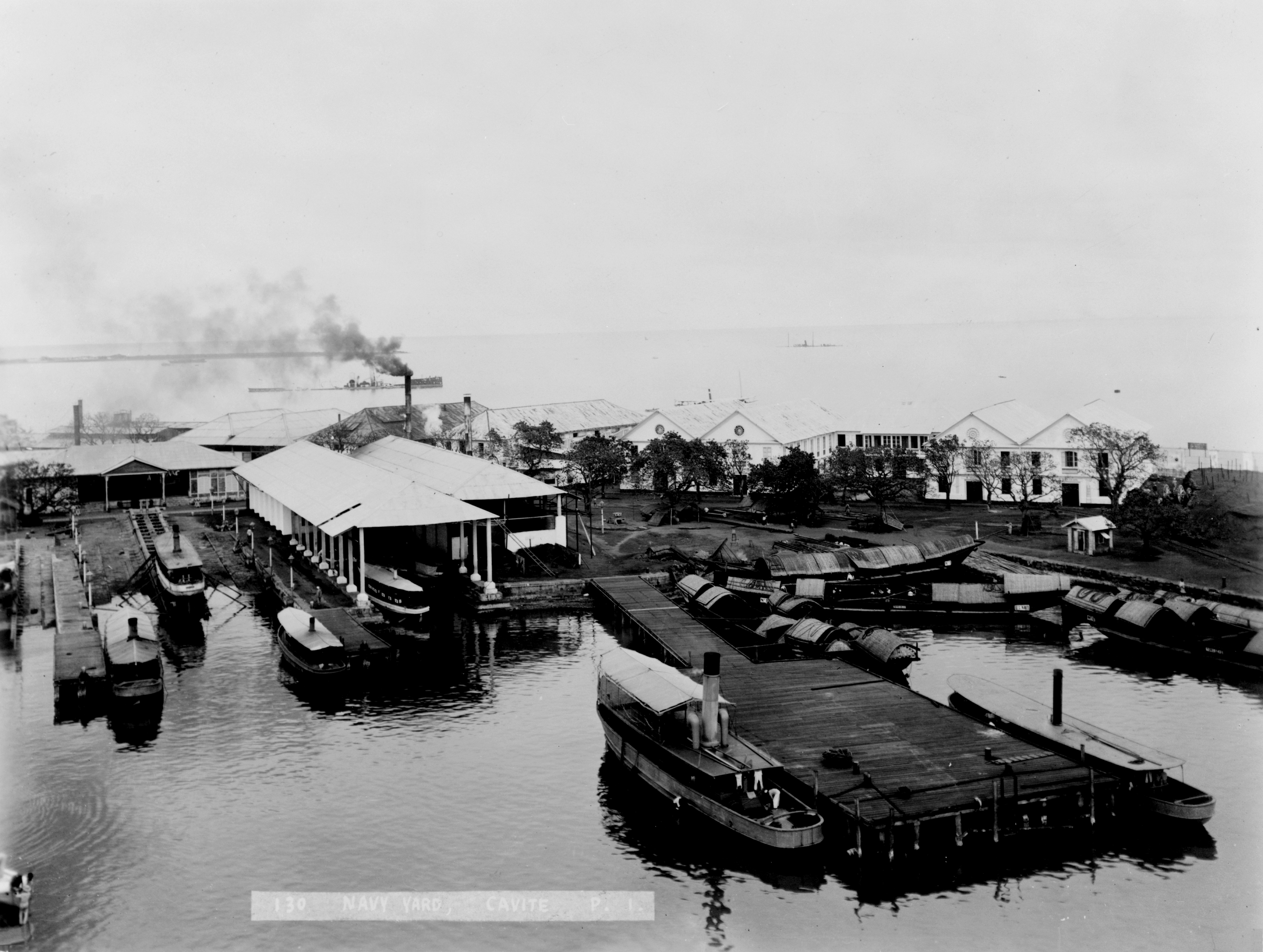|
Naval Air Station Sangley Point
Naval Station Sangley Point was a communication and hospital facility of the United States Navy which occupied the northern portion of the Cavite City peninsula and is surrounded by Manila Bay, approximately eight miles southwest of Manila, the Philippines. The station was a part of the Cavite Navy Yard across the peninsula. The naval station had a runway that was built after World War II, which was used by U.S. Navy Lockheed P-2 Neptune, Lockheed P-3 Orion, and Martin P4M Mercator maritime patrol and anti-submarine warfare aircraft. An adjacent seaplane runway, ramp area and seaplane tender berths also supported Martin P5M Marlin maritime patrol aircraft until that type's retirement from active naval service in the late 1960s. NAS Sangley Point/NAVSTA Sangley Point was also used extensively during the Vietnam War, primarily for U.S. Navy patrol squadrons forward deployed from the United States on six-month rotations. The naval station was turned over to the Philippine gove ... [...More Info...] [...Related Items...] OR: [Wikipedia] [Google] [Baidu] |
Cavite City, Cavite
Cavite City, officially the City of Cavite ( fil, Lungsod ng Kabite, Spanish and cbk, Ciudad de Cavite), is a 4th class component city in the Philippines. According to the 2020 census, it has a population of 100,674 people. The city was the capital of Cavite province from the latter's establishment in 1614 until 1954, when it was transferred to the newly created city of Trece Martires near the center of the province. It was started as the small port town of Cavite Puerto that prospered during the early Spanish colonial period when it became the main seaport of Manila hosting the Manila-Acapulco galleon trade and the port used for other heavy and larger sea-bound ships. Thereafter, San Roque and La Caridad, two former independent towns of Cavite province, were later added to form one municipality. The present larger Cavite City now includes the communities of San Antonio (includes Cañacao and Sangley Point),De la Rosa, Joy (2007–09)"About Cavite City" Cavite City Library an ... [...More Info...] [...Related Items...] OR: [Wikipedia] [Google] [Baidu] |

